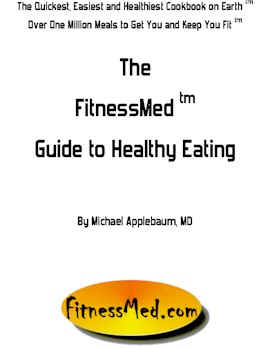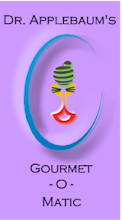Think you know what one serving of food looks like? You may want to think again, according to a new study from York University.It is all about the Calories.
Many people overestimate the size of one serving of food as defined in Canada's Food Guide, so they may be overeating even if they believe they are being careful, according to a study by Jennifer Kuk, a professor in the School of Kinesiology & Health Science in York's Faculty of Health, and lead author Sharona Abramovitch, a former graduate student at York. The study was published online in the journal Applied Physiology, Nutrition and Metabolism.
Canada's Food Guide is an important tool used by many general practitioners to help their patients eat more healthfully, says Kuk, so it made sense to study whether people would be able to tell from the food guide if they are eating enough of the four food groups: vegetables and fruit, meat and alternatives, grain products, and milk and alternatives.
"What we found was that the way people estimate one serving is essentially how much they would normally eat at one time," says Kuk. "The majority of participants in the study inaccurately thought they would need to increase their food consumption by approximately 400 calories to meet recommendations in Canada's Food Guide. This suggests we either need to change the size of a serving in the Guide - which has remained almost the same since 1977 - or educate Canadians more about how much food they should be consuming in a day."
What this study does show that is of some value, is that people will always find a way to render a system useless or worse.
It also shows how bad the experts are at creating solutions to problems.
Do not follow expert diet advice.








No comments:
Post a Comment